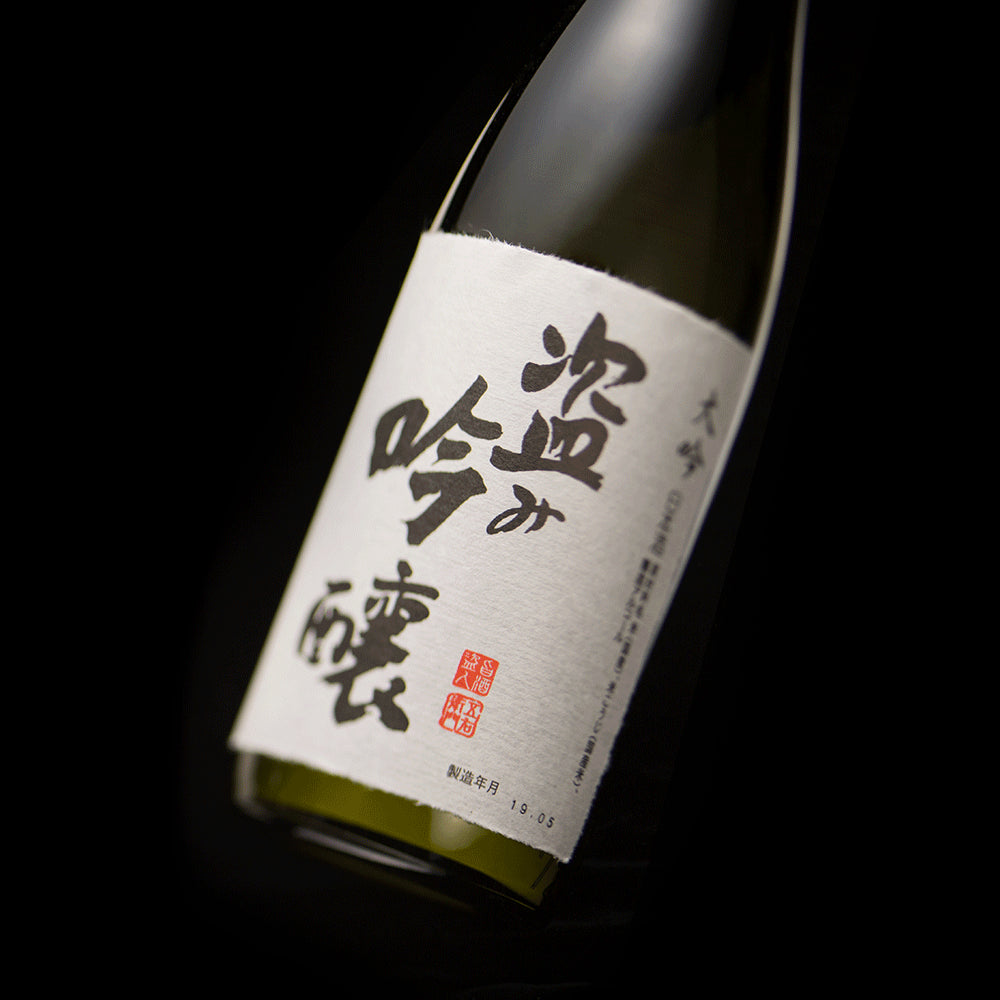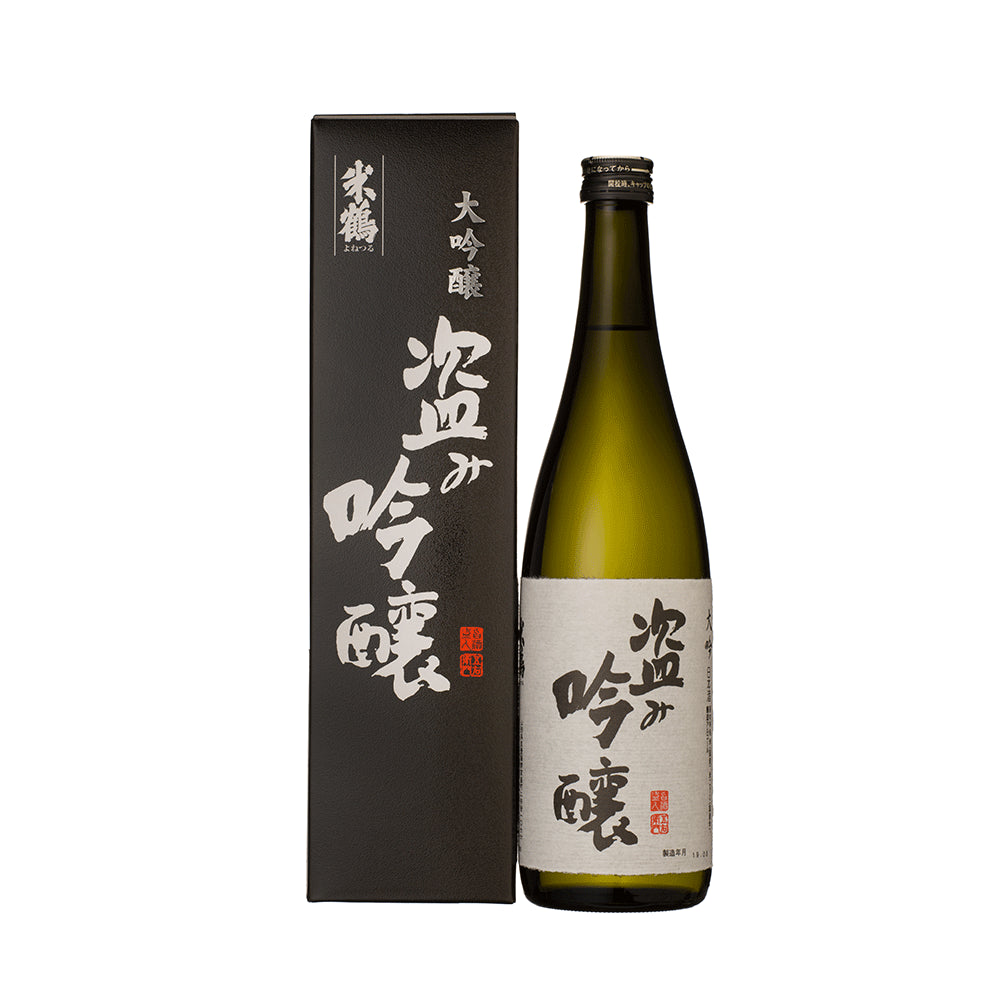-
 >
>
- Product list >
- Yonetsuru "Nusumi Ginjo" Daiginjo (Grateful Cranes "Stolen-Tresure" Daiginjo) (720ml)
Yonetsuru "Nusumi Ginjo" Daiginjo (Grateful Cranes "Stolen-Tresure" Daiginjo) (720ml)
詳しく見る
- *All prices shown are the product prices from the Japanpage:.
- *Product price can be shown in multiple currencies as reference values.
- *Payment should be made in Japanese yen.
- *After filling in delivery address, grand total (product price + shipping cost (packing + shipping + insurance) +tariffs & taxes) will be shown on the shipping cart page.
- *All prices shown are the product prices from the Japanpage:.
- *Product price can be shown in multiple currencies as reference values.
- *Payment should be made in Japanese yen.
- *After filling in delivery address, grand total (product price + shipping cost (packing + shipping + insurance) +tariffs & taxes) will be shown on the shipping cart page.
A unique and secret ginjo, celebrated in the legends of sake brewing, is "Yonetsuru "Nusumi Ginjo" Daiginjo (Grateful Cranes "Stolen-Treasure" Daiginjo)". That legend tells of ”The thief secretly stealed the unique and secret ginjo-shu that goes to sleep in the brewery and sold it to the market, so the best sake was known to the common people.” "Miyamanishiki" is a saké brewed and refined to 50% alcohol concentration in Takahata, Yamagata. The saké is defined by its distinctive aroma, which brings to mind green apples and pineapple, its gentle mouthfeel, as well as its rising, pleasing flavor. A strong seller since its release in the 1980s, it is highly regarded within Japan, and has thrice been awarded first place in the Ginjo saké division of the SAKE COMPETITION, which rates at-market sakés in Japan.
Pairing food proposed from Vendor
Sansai (wild vegetable) tempura, saké-steamed Japanese cockles, sashimi, wine-steamed whitefish, butter-fried squid, fresh spring rolls, winter gourd and crab ankake sauce, happosai (Japanese dish similar to chop suey).
About "Yonetsuru"
The name "Yonetsuru" is derived from the bowing posture of ears of rice and the locally told tale ""Crane's Return of a Favor."" It incorporates a wish to create a sake that conveys a sense of gratitude and is imbued with sincerity. Under the concept of brewing that starts with rice-growing, this Japanese sake uses locally produced rice to offer a refreshing balance of scent, taste, and sharpness.
Recommended temperature
- Atsukan (50 - 55℃)
- Jokan (45 - 50℃)
- Nurukan (30 - 40℃)
- Room temperature (15 - 20℃)
- Hanabie (10℃)
- Yukibie (5℃)
Type


Tag
Appearance
-
Clarity
Transparency
Hazy
-
Colour
Colorless
Dark brown
-
Intensity
Water
Deep
Nose characteristics
-
Intensity
Low
Strong
Taste characteristics
-
Light / Body
Light
Body
-
Sweet / Dry
Sweet
Dry
-
Simple / Complexity
Simple
Complexity
-
Acidity
Low
High
-
Umami
Low
High
-
Finish
Low finish
Long finish
Aroma and flavor
Detailed information
| Volume | 720ml |
|---|---|
| Size (L W H) | 8.0 x 8.0 x 30.0 cm |
| Weight | 1.1kg |
| Ingredients | Rice, Rice koji, Water |
| Region | Yamagata |
| Alcohol content | 15%vol. |
|
Sake Meter Value
|
+3 |
|
Acid level
|
1.2 |
|
Polishing ratio
|
50% |









